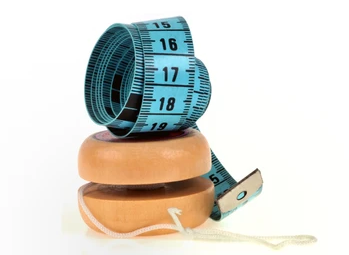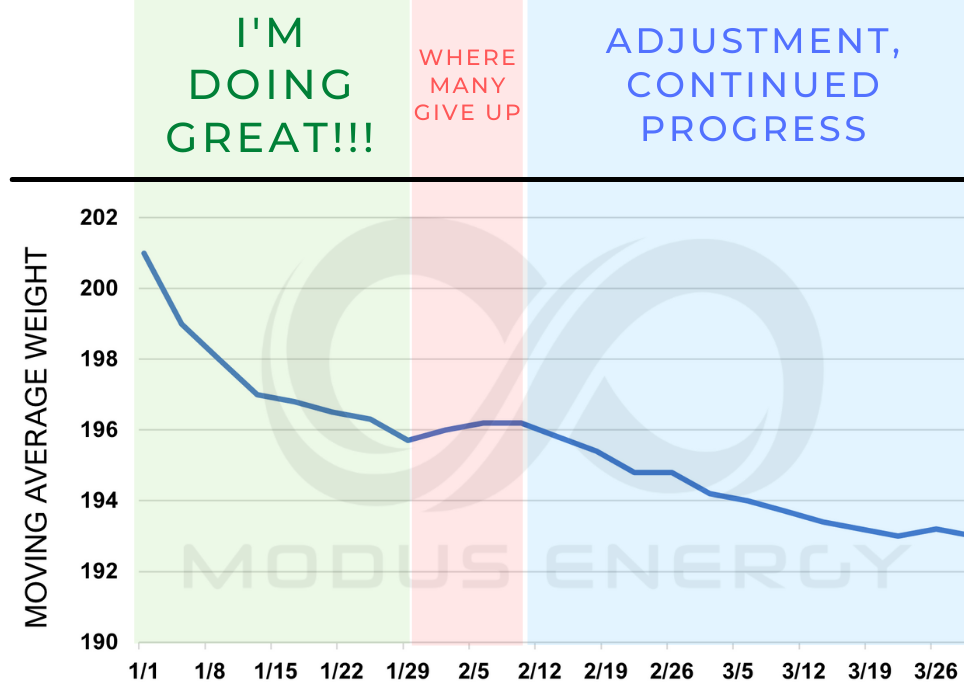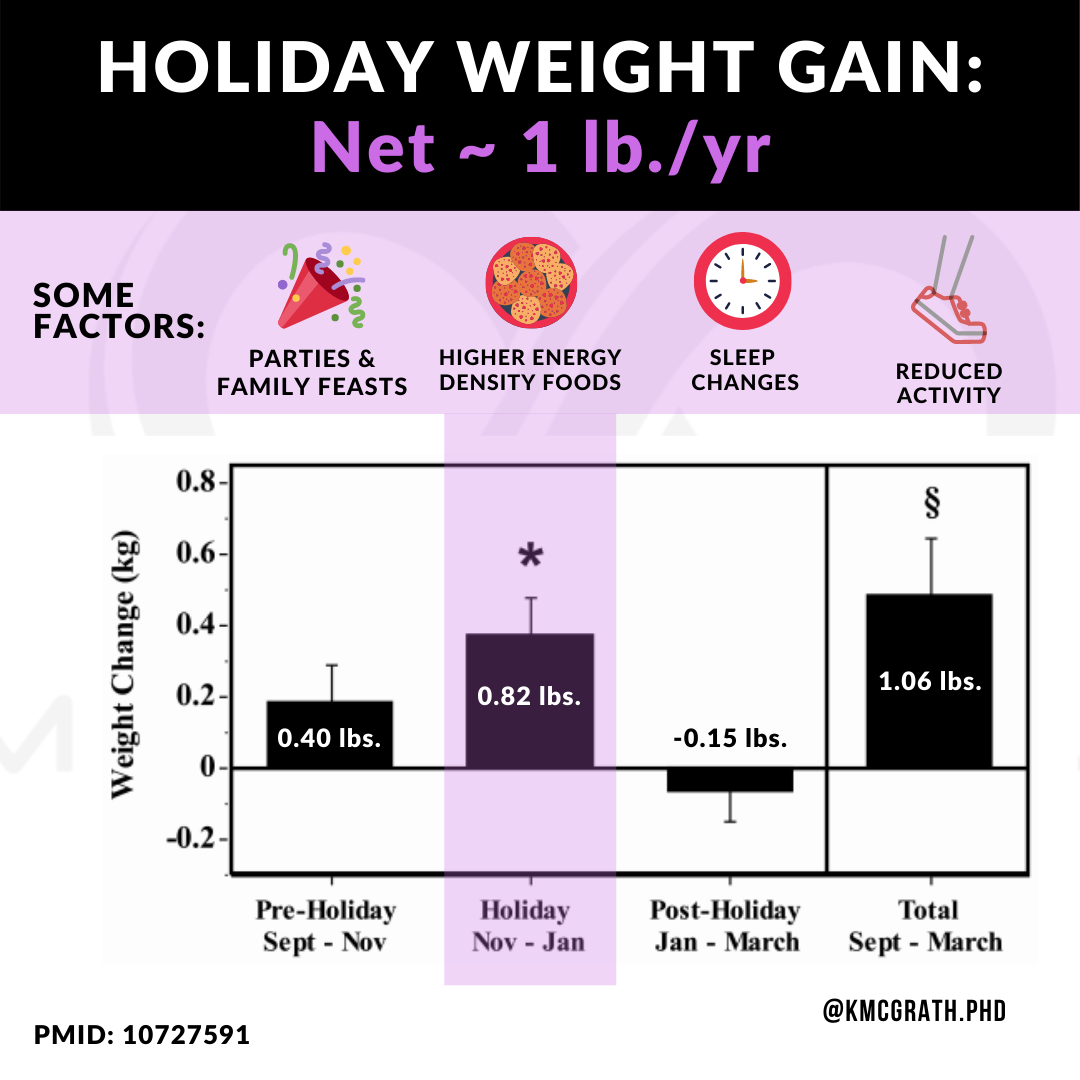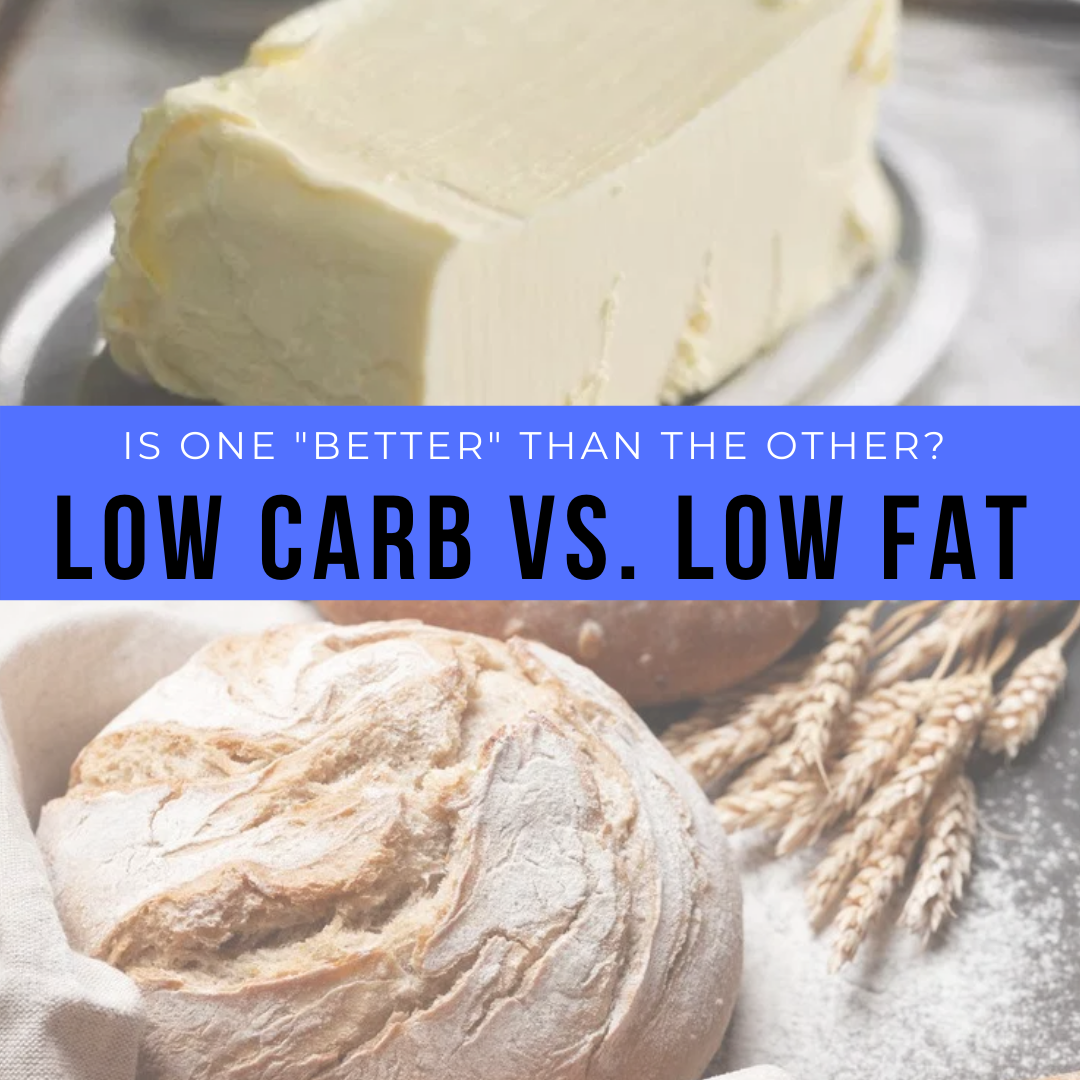Protein is the most valuable macronutrient for retention of lean muscle mass while on a fat loss diet. But how much do we need and how does it help us? Here’s the latest from the research.
The Role of Protein – Three Major Points
1) Protein fuels our muscles with the amino acid building blocks needed to repair damage (catabolism) and grow additional muscle (anabolism). Appropriate protein intake and resistance training facilitates these processes to promote fat loss versus muscle loss.
2) As energy intake decreases, we become increasingly hungry. Beyond it’s critical function in muscle recovery and growth, protein increases levels of our hormones that provide feelings of satiety after a meal, and decrease our appetite stimulating hormone. Extended feelings of fullness enabled by appropriate protein intake is a welcome benefit!
3) Compared to carbohydrates and fats, protein has a greater energy cost to digest and metabolize – around 30%. You are burning more calories by eating protein versus other macronutrients, all in support of maintaining an energy deficit in a fat loss diet.
How Much Protein? Don’t use the US RDA……
The US Recommended Daily Allowance is 0.36 grams per pound of bodyweight per day (g/lb BW) for sedentary individuals – far too low for an exercising individual, particularly someone who engages in some form of resistance training.
A review of the current research on the impact of protein intake on body composition and muscle protein synthesis indicates that a good target for an average adult who is resistance training is 0.73 g/lb BW per day for muscle retention (and accretion).
Practical Example: a 160 lb resistance training individual currently consuming 64 g of protein per day (0.4 g/lb BW) in a calorie deficit would significantly improve their likelihood of lean mass retention by nearly doubling protein intake to 120 g/day. To compensate for the increased protein, this individual would also need to decrease the amount of carbohydrates and fats; simply adding more protein would create a calorie surplus.
So if 0.73g/lb BW is enough, would higher be even better? It’s tempting to make this extrapolation. In a fat loss diet, we want to dial in the right amount of protein to induce beneficial body composition changes, yet not take our dietary protein so high that we excessively reduce carbohydrates and fats to the detriment of performance, mood, hormones, and other markers. There are some studies indicating that higher (upwards of 0.9 g/lb BW) has no detriment and may further support lean mass retention, the overall number of studies are limited and do not yet justify higher levels across the board. That being said, based on some of the other benefits I do recommend higher protein levels to some clients in consideration of lifestyle, food preferences, satiety, training modality and intensity, and existing lean body mass (body fat does not require protein to support it).
What Type of Protein?
Eating high quality, complete proteins containing all nine essential amino acids (our bodies can’t make these and they must be obtained through diet) is the priority. Complete whole food protein sources include red meat, chicken, turkey, fish, eggs, milk, yogurt, and soy. Beyond recommendation of these foods, a personalized assessment based on your current body composition and goals can be established.
When transitioning to a diet higher in protein, many people find it challenging to meet their daily protein target eating only whole foods. This is where protein powder supplementation can be useful tool. Examples of complete protein powders include, whey, egg, casein, and soy. These are digested at different rates in the body and can be utilized to their advantage at different times of day.
The specific type of complete protein powder used is of secondary importance compared to the importance of meeting daily protein intake. Bottom line – if you are going to start to incorporate protein powder into your regimen, firstly pick one that has all the EAAs, tastes good to you, and is agreeable to your stomach. The specific type and timing can be dialed in after you have formed the habit.
A lot of folks take BCAAs (branched chain amino acids aka leucine, isoleucine, and valine) as a supplement to their diet. Despite their popularity, research is fairly clear that BCAAs are ineffective for muscle protein synthesis and in this regard they are just expensive flavored water. Instead, eat or drink whey protein around workouts. You are getting plenty of BCAAs by consuming the whole foods and the protein powders mentioned above. I’m not against BCAA supplements if they make you feel good – some studies indicate they do help with recovery – but understand you are spending money on something that, from an efficacy perspective isn’t moving the needle much compared to complete protein.
When Should I Eat Protein?
After you’ve locked down the amount high quality protein you need, distribute it relatively even across the snacks and meals that you eat throughout the day, ideally every 2-4 h. There is a diverse body of research regarding how much protein the body can digest and utilize for muscle protein synthesis from each serving/meal and depends on age, gender, body composition, training status, and other considerations. Given the large number of variables, a good range to stay in is 20-40 g of high-quality protein per meal. An example of 20 g of protein would be 57 g (2 oz.) of cooked chicken breast.
Protein Timing and Training?
Specific protein timing is of secondary importance relative to overall protein intake and general distribution. However, if you are engaging in intense resistance training the post-exercise period should incorporate a solid dose of protein and carbohydrate since muscles are depleted of fuel (glycogen and amino acids) and muscle fibers require repair.
There is a misconception that the post-exercise anabolic window for muscle protein synthesis is narrow, whereby if protein is not consumed immediately post-workout, the opportunity for “gainz” will be forfeit. Far from the truth – the aggregation of research suggests that the anabolic period extends many hours post-training. From a practical eating perspective, try to get a dose of protein within 2 hours after training.
Closing Notes
It’s important to remember that fat loss and muscle growth occur by separate, distinct processes. Although it is impossible to convert fat to muscle, it is possible to preserve lean body mass while decreasing fat mass during a calorie deficit, and it is also possible to increase lean body mass while decreasing fat mass. Protein intake has a strong influence over this; I work with clients on customized protein quantity, type, and timing based on meal frequency preferences, training modality and duration, and schedule. This ensures we are maximizing the benefits of protein from a body composition, performance, and sustainability perspective. I’ve seen incredible body composition changes firsthand in my clients.
I love keeping up with latest in protein research. I’ll keep you updated on the latest credible findings. As always, please feel free to reach out with questions.
Ready to get started on your nutrition strategy?
Recommended Further Reading:
Morton, R.W., et al,A systematic
review, meta-analysis and metaregression of the effect of protein
supplementation on resistance training-induced gains in muscle mass and strength
in healthy adults, Br J Sports Med, 2018;52:376–38
Schoenfeld, B.J., Aragon, A.A.,How
much protein can the body use in a single meal for muscle-building?
Implications for daily protein distribution, Journal of the International
Society of Sports Nutrition (2018) 15:10
Rahmi, M.H., et. al, Branched-chain amino acid
supplementation and exercise-induced muscle damage in exercise recovery: A
meta-analysis of randomized clinical trials, Nutrition (2017) 42:30
Jaeger et. al., International Society of
Sports Nutrition Position Stand: protein and exercise, Journal of the International Society of Sports
Nutrition, v14, Article number: 20 (2017)
Longland, T.M. et al, Higher compared with lower
dietary protein during an energy deficit combined with intense exercise promotes
greater lean mass gain and fat mass loss: a randomized trial, Am J Clin Nutr
2016;103:738–46
Trommelen, J. , Loon, L.J.C., Pre-Sleep
Protein Ingestion to Improve the Skeletal Muscle Adaptive Response to Exercise
Training, Nutrients 2016, 8(12), 763
Aragon, A.A., Schoenfeld, B.J., Nutrient
timing revisited: is there a post-exercise anabolic window? Journal of the International Society of Sports
Nutrition 2013, 10:5
Wycherley, T.P., et al, Effects of energy-restricted
high-protein, low-fat compared with standard-protein, low-fat diets: a
meta-analysis of randomized controlled trial, Am J Clin Nutr
2012;96:1281–98











